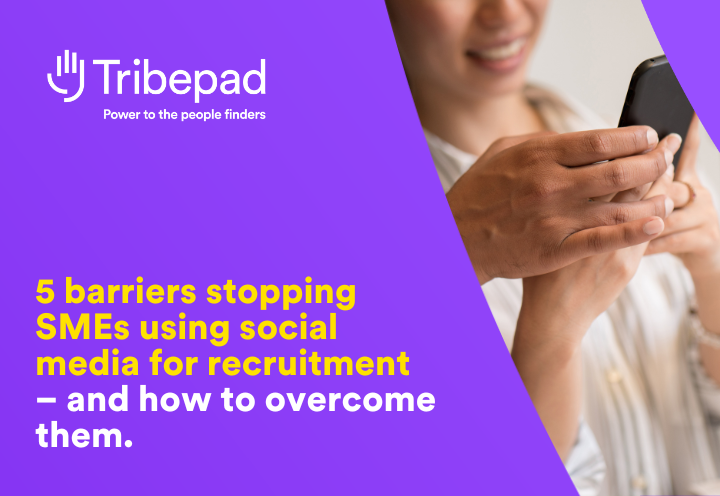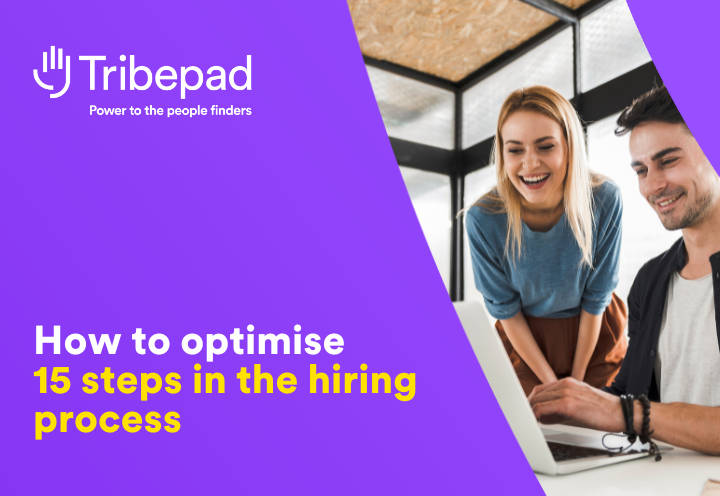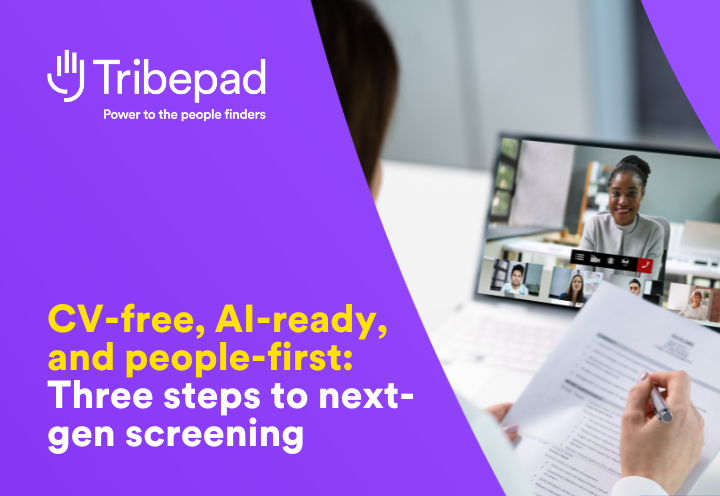What Actually Is Artificial Intelligence?
Now that we’ve mentioned artificial intelligence (AI), we bet you’re thinking about some popular movie franchise, where terrifying looking robots are constantly blowing things up and the human race is perpetually running for their lives. But in the real world, it’s pretty far from that. At least for now.
AI is actually all around you, and you probably see it every day. When was the last time you saw someone take out their phone and say “Hey Siri”, or “OK Google”? Systems that have learnt to hear us speak, such as Siri and Google Assistant, are a result of artificial intelligence. AI in the real world is merely a very clever, and often mathematically complex, way of teaching computers to recognise complex and evolving patterns in data.
But How Does It Work?
You don’t have to be some kind of mathematician to understand AI. Imagine this:
You’re in a room, blindfolded (this isn’t going to get kinky, we promise). Someone walks in, says a few words to you, and walks out. An hour later, the same person walks back in and says something completely different; you would know by the sound of their voice that it was the same person. If you heard that person speak enough, you could probably even start to imitate that person’s voice.
Our brains do this for us all the time without us even noticing. We can recognise complex patterns in sound and vision incredible quickly; it’s this sort of complex pattern recognition that we hope achieve through AI.
Teaching a machine to recognise these patterns is very similar to how we teach ourselves. We give the machine a number of inputs (someone speaking), and a known output (recognising the patterns as the same person). Rinse, and repeat a few hundred thousand times, and eventually we can give the machine an input, and it will give us an output based on its past experience.
Imagine you wanted a computer to recognise the colour red. We know that red is red, right? But there are actually millions of different shades of red, and when we see any shade of red, we just know it’s red. Teaching a computer to do this would involve teaching the computer all the colours we classify as red.
Ssssh… Top Secret
Here at Tribepad, we are currently working on a top-secret project, where we are teaching an AI the patterns between candidates, jobs, recruiters and hires. By using the data we already have about jobs, businesses and recruiter preferences, we can compare against the data we hold about candidates. We can then compare those comparisons (stay with me) against which scenarios resulted in a rejection and which resulted in a hire. This research will lead to being able to intelligently improve the recruitment process.
We’re not trying to suggest that machines are going to completely take over recruitment, it is still a people-driven industry that requires actual human interaction on either side. We are telling you, however, that AI is going to start making recruitment more efficient.
In fact, you may already be experiencing AI with Tribepad without you even knowing it! A candidate can upload their CV, which is then “parsed”, and when a recruiter posts a job that our AI system deems a match, it flags on the ATS to both the candidate and the recruiter. Easy peasy.
Imagine a world where candidates no longer have to spend hours searching for jobs and filling out application forms, and recruiters no longer have to sift through thousands of applications to find that perfect candidate.
What Else Could AI Mean For Recruitment?
Artificial intelligence as part of an ATS (such as Tribepad) isn’t as far away as you might think. By using the masses of data available in an ATS and being programmed in the right ways, there are so many possibilities for AI in the recruitment industry:
- Recruiters could enter details of a current employee that is a perfect fit for a particular role and AI could search a candidate database for people who would be equally as good a fit
- Recruiters could identify skill gaps in a particular team and use AI to source a candidate whose skills would complement current employees
- Recruiters could use AI to establish how well a team of employees would work together
- Recruiters and HR professionals could use AI to forecast where a candidate or employee will be in 5 or 10 years time (what kind of role they will have, what kind of company they will work for, and what level of responsibility they will have)
- Recruiters and HR professionals might be able to establish how likely a candidate will succeed or how long they are likely to stay in a particular role
- Candidates could enter their current experience and use AI to discover the skills needed to reach their career goals
And that isn’t everything; the better we get at programming AI systems, the more we will be able to harness their power and work towards a more effortless and enjoyable experience for both candidates and recruiters.
Contact us for a free demo of our ATS.




